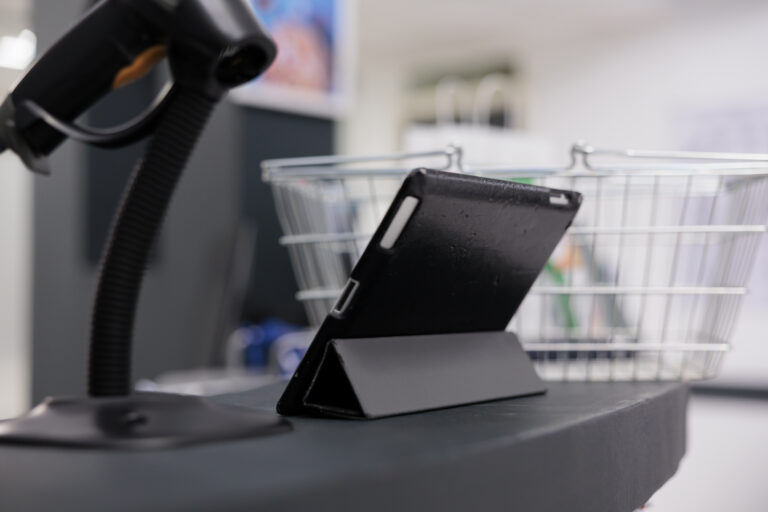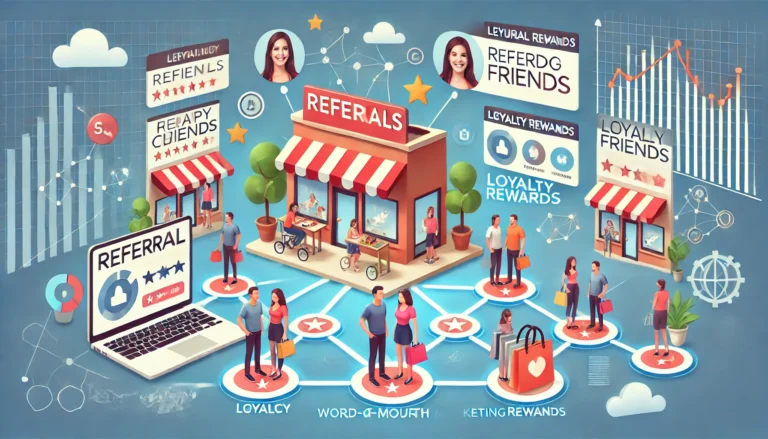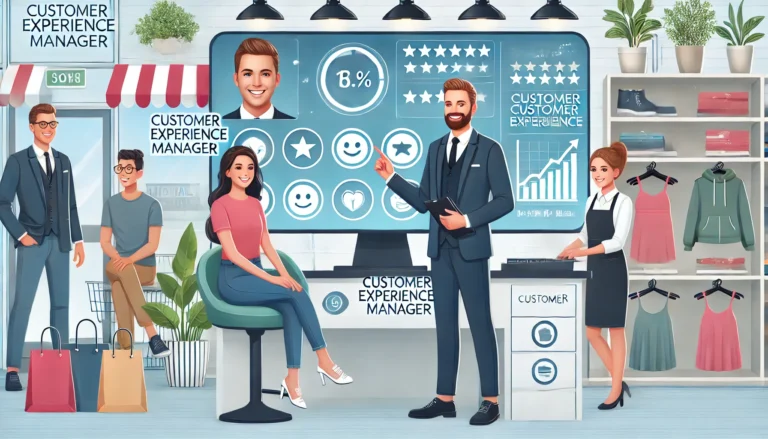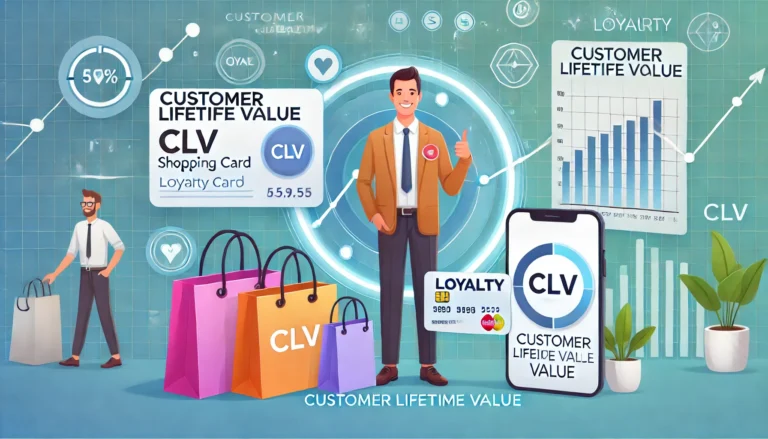Every retailer knows the frustration of loyal customers suddenly stop returning, abandoned carts pile up, and marketing campaigns that once drove engagement no longer seem to work. Meanwhile, a competitor with a similar product lineup is thriving. What’s the difference? Engagement.
Customer engagement is no longer a “nice to have” it’s the heartbeat of retail success. Studies show that engaged customers buy 90% more frequently, spend 60% more per transaction, and deliver three times the annual value compared to non-engaged shoppers. Yet, many retailers struggle to quantify engagement, let alone optimize it.
The key lies in measuring the right customer engagement metrics in retail and taking actionable steps to enhance the customer experience at every touchpoint. This guide breaks down the most critical engagement metrics, industry benchmarks, and real-world strategies to help you turn passive shoppers into loyal brand advocates.

Understanding the Value of Customer Engagement
Customer engagement is more than a marketing buzzword, it’s a critical business driver. Fully engaged customers represent a 23% premium in terms of share of wallet, profitability, revenue, and relationship growth over the average customer. Meanwhile, actively disengaged customers represent a 13% discount in those same measures.
The correlation between engagement and financial performance is clear:
- According to Bain & Company, increasing customer retention rates by just 5% can increase profits by 25% to 95%.
- The Harvard Business Review reports that it costs between 5 to 25 times more to acquire a new customer than to retain an existing one.
- Engaged customers buy 90% more frequently, spend 60% more per transaction, and have 3x the annual value compared to non-engaged customers (source)
With these compelling statistics in mind, let’s explore the key customer engagement metrics in retail that provide insight into customer engagement and how they can transform your retail strategy.
Core Customer Engagement Metrics in Retail
1. Purchase Frequency and Recency
Purchase frequency measures how often customers return to make additional purchases within a specific time period, while recency tracks how recently a customer made their last purchase.
Why It Matters: Customers who purchase more frequently and recently are more likely to continue shopping with your brand. According to metrics, your top 10% of customers spend 3x more per order than the lower 90%, and your top 1% of customers spend 5x more than the lower 99%.
Formula:
- Purchase Frequency = Total number of orders ÷ Number of unique customers (over a set period)
- Purchase Recency = Current date – Date of customer’s last purchase
Industry Benchmarks:
- Grocery: 1.5-2 purchases per week
- Fashion: 4-6 purchases per year
- Electronics: 1-2 purchases per year
- Beauty: 7-8 purchases per year
Improvement Strategies:
- Personalised replenishment reminders: Send targeted communications based on typical product lifecycle (e.g., “Time to restock your favorite shampoo?”)
- Limited-time offers: Create urgency with time-sensitive promotions to encourage more frequent purchases
- Subscription models: Implement subscription options for frequently purchased items to stabilise purchase frequency
- Re-engagement campaigns: Develop targeted campaigns for customers approaching dormancy thresholds with personalised incentives
refive analyses customer purchase patterns to identify the optimal timing for these strategies, ensuring communications arrive when customers are most receptive to repurchasing, thereby increasing conversion rates while reducing marketing waste.
By leveraging advanced purchase cycle analytics, refive enables retailers to predict when customers are approaching their natural repurchase window, allowing for precisely timed interventions before they look elsewhere.
This data-driven approach not only improves campaign effectiveness but also enhances customer experience by delivering relevant offers exactly when needed.
2. Average Order Value (AOV)
The average amount customers spend per transaction.
Why It Matters: Increasing AOV allows you to grow revenue without necessarily acquiring new customers. A 10% increase in AOV can translate to a significant profit increase since many costs remain fixed per order.
Formula: Total revenue ÷ Number of orders
Industry Benchmarks:
- Fashion retail: $85-$120
- Home goods: $150-$250
- Beauty products: $50-$75
- Electronics: $180-$250
- Luxury retail: $300-$600
Improvement Strategies:
- Product bundling: Create logical product groupings that provide value while increasing order size
- Complementary product recommendations: Implement AI-driven suggestions based on cart contents and purchase history
- Tiered pricing incentives: Offer percentage discounts that increase with cart value (e.g., 10% off $100, 15% off $150)
- Free shipping thresholds: Set free shipping minimums just above your current AOV to encourage additional purchases
- Post-purchase upsells: Offer relevant add-ons immediately after checkout while the customer is still in buying mode
3. Customer Lifetime Value (CLV)
The predicted total worth of a customer to a business over the entirety of their relationship.
Why It Matters: CLV helps retailers allocate marketing resources more effectively by identifying which customer segments deliver the highest long-term value. According to Bain & Company, a 5% increase in customer retention can increase business profits by 25% to 95%.
Formula: (Average Value of a Purchase × Number of Repeat Transactions per Year × Average Customer Lifespan in Years) – Customer Acquisition Cost
Industry Benchmarks:
- Luxury retail: $2,400-$5,200
- General merchandise retail: $150-$500
- Specialty retail: $500-$1,500
- Apparel: $800-$1,200
- Department stores: $350-$700
Improvement Strategies:
- Customer segmentation: Identify high-value customer segments and develop targeted retention programs
- Value-added services: Provide exclusive services (personal shopping, extended warranties) that enhance the relationship
- Loyalty program tiers: Create aspirational loyalty tiers with increasingly valuable benefits
- Relationship marketing: Invest in building emotional connections beyond transactions
- Customer education programs: Develop resources that help customers maximize product value and usage
4. Shopping Cart Abandonment Rate
The percentage of shoppers who add items to their online cart but leave without completing the purchase.
Why It Matters: Cart abandonment represents a significant revenue opportunity. According to Baymard Institute, the average cart abandonment rate is 69.8%, and even a small improvement can substantially impact revenue.
Formula: (1 − (Number of completed purchases ÷ Number of created carts)) × 100
Industry Benchmarks:
- Fashion retail: 68-73%
- Electronics: 76-82%
- Home goods: 70-75%
- Beauty & cosmetics: 65-70%
- Luxury goods: 60-65%
Improvement Strategies:
- Streamlined checkout: Reduce form fields, eliminate unnecessary steps, and offer guest checkout
- Transparent costs: Show all fees and shipping costs early in the shopping process
- Strategic abandonment emails: Send well-timed recovery emails with clear calls-to-action
- Exit-intent offers: Present targeted incentives when abandonment behavior is detected
- Multiple payment options: Offer various payment methods, including buy-now-pay-later options
Advanced Measurement Approaches
Omnichannel Engagement Analysis
Mapping customer interactions across all channels to understand the complete engagement picture.
Why It Matters: McKinsey research shows that omnichannel customers spend 4-10% more online and 1-4% more in-store compared to single-channel customers.
Implementation Strategy:
- Implement consistent customer identification across channels (in-store, online, mobile)
- Create unified customer profiles that aggregate all interaction data
- Map typical customer journeys across channels to identify critical touchpoints
- Measure channel influence on purchase decisions, not just last-touch attribution
- Develop cross-channel engagement metrics that reflect the total customer relationship
Predictive Engagement Modeling
Using AI and machine learning to forecast customer engagement levels and behaviors.
Why It Matters: Predictive modeling allows retailers to address engagement issues proactively rather than reactively, potentially saving at-risk relationships before they deteriorate.
Implementation Strategy:
- Collect comprehensive historical engagement data across channels
- Identify patterns and variables that correlate with engagement changes
- Develop predictive models that forecast engagement trajectory
- Create automated triggers based on predictive signals
- Continuously refine models based on actual outcomes
Real-time Engagement Monitoring
Tracking and responding to engagement signals as they happen rather than analyzing historical data.
Why It Matters: The ability to adjust experiences in real time creates more relevant interactions. According to Accenture, 91% of consumers are more likely to shop with brands that provide relevant offers and recommendations.
Implementation Strategy:
- Implement real-time analytics platforms that process engagement signals
- Develop dynamic content systems that adjust based on current behavior
- Create automated decision engines that optimize experiences in real-time
- Train staff to respond quickly to engagement opportunities
- Establish real-time performance dashboards for key engagement metrics
Tools for Measuring Customer Engagement
Enterprise-Level Solutions
1. Adobe Experience Cloud
A full-suite platform for customer experience management.
Best for: Large multi-channel retailers with complex journeys
Key features: Advanced segmentation, journey analytics, AI-powered personalization (Adobe Sensei)
2. Salesforce Commerce & Marketing Cloud
End-to-end platform combining CRM, marketing automation, and commerce.
Best for: Retailers focused on personalization and cross-channel engagement
Key features: Einstein AI, 360° customer views, automated journeys
3. SAP Customer Experience
Unified platform across sales, service, marketing, and commerce.
Best for: Enterprise retailers using SAP across operations
Key features: Real-time profiling, omnichannel orchestration, ERP integration
Mid-Market Solutions
1. HubSpot
User-friendly platform combining CRM, email marketing, and automation.
Best for: Growing retailers leveraging inbound marketing
Key features: Free CRM tier, workflows, campaign analytics
2. Klaviyo
Purpose-built for e-commerce with advanced segmentation and messaging.
Best for: Online retailers looking for personalized email/SMS flows
Key features: Pre-built e-commerce integrations, dynamic segments, revenue tracking
3. Zendesk
Support-first platform with customer engagement tracking capabilities.
Best for: Retailers prioritizing service as part of the experience
Key features: Omnichannel support, conversation analytics, CSAT tracking
Specialized Tools
1. Hotjar
Visual behavior analytics for websites and mobile.
Best for: Understanding user experience and drop-off points
Key features: Heatmaps, session recordings, on-site feedback
2. Yotpo
Loyalty, reviews, referrals, and SMS marketing in one platform.
Best for: DTC brands building trust and community
Key features: Loyalty programs, UGC curation, AI moderation
3. Qualtrics
Enterprise-grade research and experience management tool.
Best for: Deep voice-of-customer programs and feedback loops
Key features: Surveys, text analytics, experience gap detection
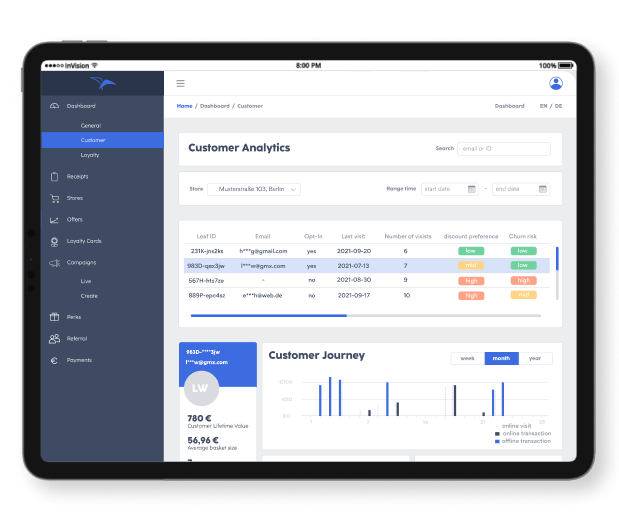
Conclusion: From Measuring Customer Engagement Metrics in Retail to Meaningful Action
The best retail engagement isn’t measured in dashboards alone, it’s felt in the strength of customer relationships. The retailers who truly transform the shopping experience share three powerful traits:
- They listen with intention, constantly fine-tuning their understanding of what makes customers tick.
- They pivot with purpose, swiftly evolving strategies based on real-time signals.
- They create personal connections at scale, delivering tailored experiences without sacrificing efficiency.
As you craft your engagement approach, remember that improving customer engagement metrics in retail isn’t the end goal, it’s about creating genuine value that naturally deepens customer relationships. When shoppers feel truly seen and understood, engagement transforms from a KPI into the natural rhythm of a thriving partnership.
By focusing on meaningful measurements, understanding where you stand against your peers, implementing the right technological framework, and taking decisive action on insights, retailers can transform customer engagement from a business objective into the storytelling magic that defines exceptional brands.
Turning insights into action is what makes the difference, and that’s where refive comes in. By helping retailers listen with intention through digital receipts and in-store data collection, pivot with purpose using real-time insights, and create personal connections at scale with tailored customer engagement, refive transforms retail touchpoints into meaningful relationships.
Customer engagement metrics in retail are powerful, but it’s the ability to act on them by leveraging tools like refive that turn customer engagement from a business goal into an experience that keeps shoppers coming back. Because in the end, the numbers matter, but it’s what you do with them that creates retail experiences worth returning to again and again.




